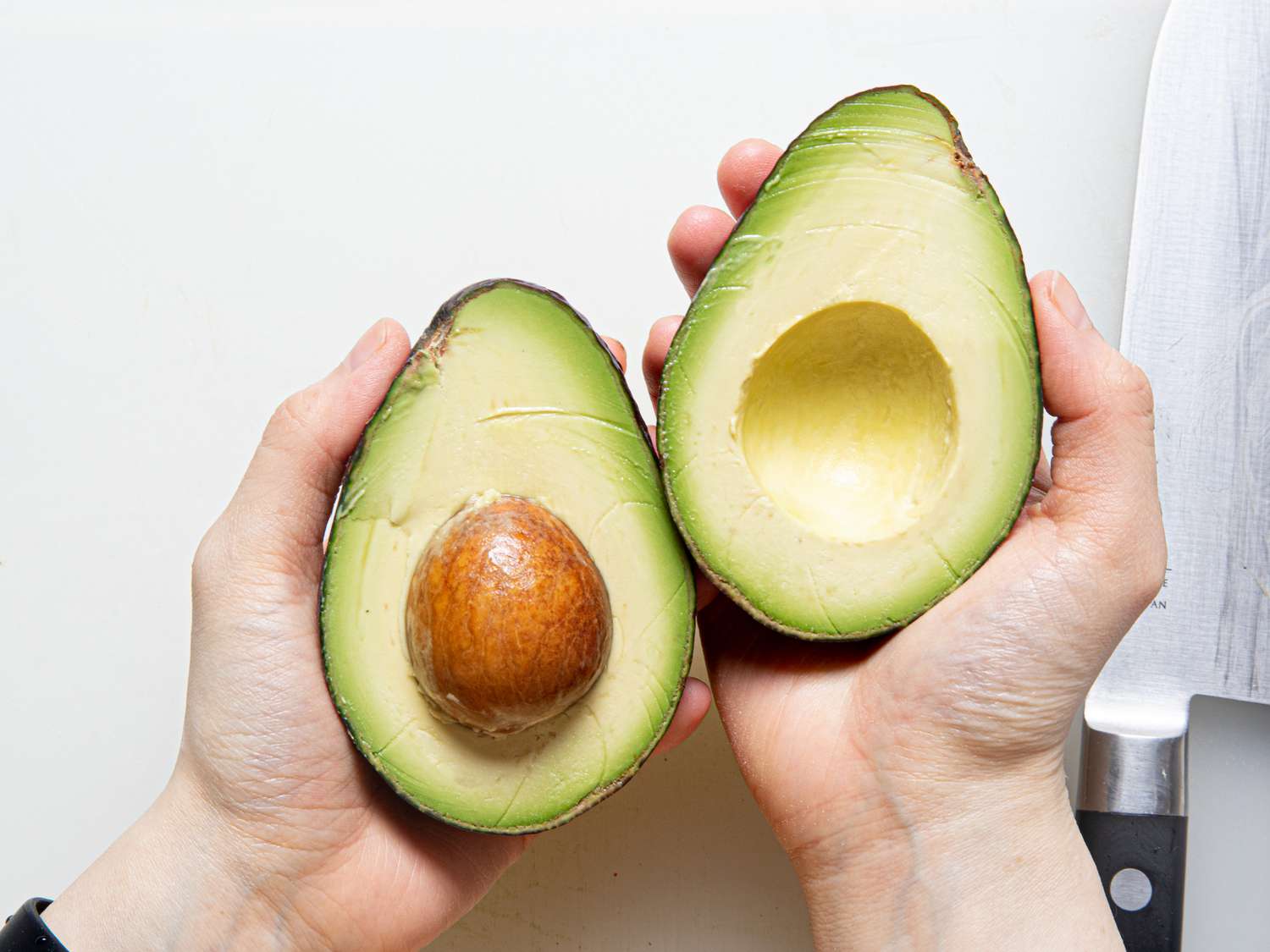

Articles
How To Store Ripe Avocados
Modified: February 23, 2024
Looking for articles on how to store ripe avocados? Learn the best methods and tips to keep your avocados fresh for longer with our comprehensive guide.
(Many of the links in this article redirect to a specific reviewed product. Your purchase of these products through affiliate links helps to generate commission for Storables.com, at no extra cost. Learn more)
Introduction
Avocados are nutritious and delicious fruits that have gained popularity in recent years, thanks to their creamy texture and versatile uses. However, avocados have a relatively short shelf life once they ripen, making proper storage crucial to prevent them from spoiling too quickly. Knowing how to store ripe avocados can help you extend their freshness and ensure that you can enjoy this delightful fruit at its best.
In this article, we will explore the importance of properly storing ripe avocados and provide you with various methods to keep them fresh for longer. So, whether you have an abundance of ripe avocados that you want to preserve or you simply want to make the most out of your grocery store haul, read on to learn some effective avocado storage techniques.
Key Takeaways:
- Extend the shelf life of ripe avocados by storing them properly in the refrigerator, freezing avocado puree, or preserving halves with lemon juice. Enjoy fresh, creamy avocados for longer and reduce food waste.
- Maximize avocado freshness with tips like using lemon juice, separating halves with the pit, and avoiding ethylene producers. Store ripe avocados effectively to enjoy their deliciousness and nutritional benefits.
Read more: How To Store Ripe Figs
The Importance of Properly Storing Ripe Avocados
Properly storing ripe avocados is essential for maximizing their freshness and preventing premature spoilage. Avocados are unique fruits that undergo a rapid ripening process, making them delicate and prone to spoilage if not handled correctly. Here are some reasons why it is important to store ripe avocados properly:
- Extended Shelf Life: When stored properly, ripe avocados can last longer, allowing you to enjoy them over several days instead of having to consume them all at once. This is particularly useful if you have a surplus of avocados or if you want to include them as part of your daily meals.
- Reduced Food Waste: By storing ripe avocados correctly, you can help reduce food waste. When avocados spoil prematurely, they end up in the trash, contributing to the global issue of food waste. Proper storage techniques can help minimize waste and save money in the long run.
- Cost Savings: Avocados can be quite expensive, especially if they are not in season. Proper storage can help you capitalize on sales or bulk purchases without the fear of them spoiling before you have a chance to consume them.
- Consistent Quality: Storing avocados properly ensures that they maintain their quality and flavor. If not stored correctly, avocados can become mushy, brown, and unpleasant to consume. By using the right storage techniques, you can preserve the avocado’s texture, taste, and nutritional value.
- Convenience: Properly storing ripe avocados makes it easier to incorporate them into your meals. By having ripe avocados readily available, you can effortlessly add them to salads, sandwiches, or as a topping to your favorite dishes. It also allows for convenient meal planning and preparation.
Now that we understand the importance of storing ripe avocados properly, let’s explore various methods to ensure they stay fresh and ready to enjoy.
Choosing Ripe Avocados
Before diving into the various methods of storing ripe avocados, it’s essential to know how to select the right avocados in the first place. Choosing ripe avocados will ensure that you get the best quality fruit and maximize their storage potential. Here are some tips for selecting ripe avocados:
- Color: Look for avocados that have a dark green or purplish-black skin tone. The color may vary depending on the avocado variety, so familiarize yourself with the specific hue of the variety you prefer.
- Texture: Gently squeeze the avocado in the palm of your hand. It should yield slightly to pressure without feeling too soft or mushy. Avoid avocados that are too firm as they will need more time to ripen.
- Stem: Check the stem of the avocado. If it can be easily removed or if it reveals a greenish color underneath, it indicates that the avocado is ripe and ready to be consumed. If the stem does not come off easily or reveals a brown color, the avocado may be overripe or spoiled.
- Weight: A good indicator of a ripe avocado is its weight. A ripe avocado should feel heavy for its size. When comparing avocados, choose the one that feels the heaviest in your hand.
- Fragrance: Give the avocado a gentle sniff near the stem. A ripe avocado will have a mild, nutty aroma. If there is no scent or if it smells off, it may be an indication of poor quality or spoilage.
Remember that avocados can ripen at different rates, so it’s best to select avocados with varying levels of ripeness if you plan to use them over several days. This way, you’ll have a mix of perfectly ripe avocados and ones that can ripen on your counter.
Now that you know how to choose ripe avocados, let’s move on to preparing them for storage.
Prepping Avocados for Storage
Before you can store ripe avocados, it’s important to properly prepare them for storage. Here are some steps to follow when prepping avocados for storage:
- Wash the avocados: Start by washing the avocados under cool running water. Gently scrub the skin to remove any dirt or debris that may be present. This step is important to ensure that the avocados are clean before storage.
- Pat dry: After washing, gently pat the avocados dry with a clean towel. Moisture on the skin can promote the growth of mold or bacteria, so it’s important to remove excess water.
- Cut and remove any bruised or damaged areas: Inspect the avocados for any bruises or soft spots. If you find any, cut them out and discard those portions. Removing damaged areas will help prevent the spread of spoilage and maintain the quality of the avocado.
- Optional: Brush avocado flesh with lemon or lime juice: If you’re storing cut avocados, you can brush the exposed flesh with lemon or lime juice. The acidic juice helps slow down oxidation and prevents browning. This step is particularly useful if you plan to store avocado halves or slices.
- Store avocados at the appropriate stage of ripeness: Depending on your preferences and the storage method you choose, consider the desired level of ripeness. If you want avocados to ripen further, store them at room temperature. If you want to slow down the ripening process or extend the avocados’ shelf life, consider refrigerating or freezing them.
By following these simple steps, you can ensure that your avocados are prepped and ready for storage. Now, let’s explore different methods for storing ripe avocados.
Method 1: Storing Avocados in the Refrigerator
One of the most common and effective methods for storing ripe avocados is by putting them in the refrigerator. The cool temperature of the fridge slows down the ripening process and helps maintain the avocado’s freshness. Here’s how you can store avocados in the refrigerator:
- Assess ripeness: Determine the level of ripeness of your avocados. If they are already perfectly ripe and ready to eat, refrigerating them will help extend their shelf life. If they are still unripe, it’s best to leave them at room temperature to continue ripening before refrigerating.
- Wrap with plastic wrap: Individually wrap each avocado tightly with plastic wrap. This will help prevent contact with air and reduce exposure to moisture, protecting the fruit from spoiling.
- Place in the refrigerator: Store the wrapped avocados in the main compartment of the refrigerator, where the temperature is usually the most consistent. Avoid placing avocados in the refrigerator door, as the temperature fluctuates more in that area.
- Use within a week: Ripe avocados stored in the refrigerator can last for up to one week. Make sure to check on them periodically and use them before they become overly mushy or show signs of spoilage.
- Take out and let them come to room temperature: When you’re ready to use the refrigerated avocados, take them out and let them sit at room temperature for about 30 minutes to an hour. This will allow them to soften slightly, making them easier to slice or mash.
Storing avocados in the refrigerator is a great option for those who want to slow down the ripening process and enjoy avocados over an extended period. However, keep in mind that refrigerated avocados may not have the same creamy texture as freshly ripe ones.
Now that you’re familiar with storing avocados in the refrigerator, let’s explore another method: freezing avocado puree.
Read more: How To Store Ripe Peaches
Method 2: Freezing Avocado Puree
If you have a surplus of ripe avocados and want to preserve them for longer periods, freezing avocado puree is an excellent option. Freezing avocados can help maintain their creamy texture, making them ideal for later use in smoothies, spreads, or even guacamole. Here’s how you can freeze avocado puree:
- Prepare the avocados: Cut the avocados in half lengthwise and remove the pits. Scoop out the flesh and place it in a blender or food processor. If you prefer, you can add a squeeze of lemon or lime juice to prevent browning.
- Blend into a smooth puree: Blend the avocado flesh until it reaches a smooth consistency. Avoid adding any other ingredients or seasonings to keep the puree versatile and suitable for a variety of recipes.
- Portion the puree: Divide the avocado puree into individual portions based on your anticipated needs. You can use ice cube trays, silicone molds, or small airtight containers for this purpose. Be sure to leave some space at the top of each portion to allow for expansion during freezing.
- Label and freeze: Cover the portions with plastic wrap or place them in airtight containers. Label each container with the date and contents. Then, transfer them to the freezer and ensure they are placed on a flat surface to freeze evenly.
- Thaw and use: When you’re ready to use the frozen avocado puree, remove the desired portions from the freezer and allow them to thaw in the refrigerator overnight. Once thawed, the avocado puree can be added to smoothies, used as a spread, or incorporated into various recipes.
By freezing avocado puree, you can enjoy the benefits of avocados even when they are out of season. This method not only extends the shelf life of the avocados but also provides you with a convenient and ready-to-use ingredient for future culinary endeavors.
Now that you know how to freeze avocado puree, let’s move on to another method: preserving avocado halves with lemon juice.
Store ripe avocados in the refrigerator to slow down the ripening process and extend their shelf life. Place them in the crisper drawer to keep them fresh for longer.
Method 3: Preserving Avocado Halves with Lemon Juice
If you only need to store half of an avocado and want to prevent it from browning, preserving avocado halves with lemon juice is a simple and effective method. Lemon juice is known for its natural preservative properties and can help slow down the oxidation process, which causes avocados to turn brown. Here’s how you can preserve avocado halves with lemon juice:
- Cut the avocado in half: Carefully slice the avocado lengthwise, following its natural curve. Use a gentle twisting motion to separate the two halves. Remove the pit by sliding a spoon beneath it and lifting it out.
- Brush with lemon juice: Squeeze some fresh lemon juice onto the flesh of each avocado half. Use a pastry brush or your thumb to spread the juice evenly across the entire exposed surface. The acidic nature of the lemon juice will help preserve the avocado and prevent browning.
- Place in an airtight container: Once the avocado halves are brushed with lemon juice, place them in an airtight container. Make sure the container is just the right size to prevent excess air exposure. If needed, you can place a small sheet of plastic wrap directly on the surface of the avocado flesh to create a protective barrier.
- Refrigerate for short-term storage: For short-term storage, place the container in the refrigerator. This method can help keep the avocado halves fresh for up to a day or two.
- Use within a day: It’s best to use the preserved avocado halves within a day to ensure optimal freshness. Although the lemon juice helps slow down browning, prolonged storage may still result in some discoloration.
Preserving avocado halves with lemon juice is a convenient way to store avocados when you need to use only a portion at a time. By following this method, you can enjoy the remaining half of an avocado without worrying about it spoiling or turning brown.
Now that you’re familiar with preserving avocado halves with lemon juice, let’s explore another method: storing avocados in ripening bags or paper bags.
Method 4: Storing Avocados in Ripening Bags or Paper Bags
If you have unripe avocados that you want to ripen quickly, storing them in ripening bags or paper bags can help speed up the process. By containing the ethylene gas that avocados naturally release, these bags create a controlled environment that promotes faster ripening. Here’s how you can store avocados in ripening bags or paper bags:
- Choose the right bags: Select either specialized ripening bags or simple paper bags to store your avocados. Both types of bags work similarly, but ripening bags are specifically designed for this purpose.
- Place avocados in the bags: Put the unripe avocados into the bags, ensuring that they have some breathing room and are not overcrowded. You can store multiple avocados in the same bag, but avoid stacking them on top of each other.
- Add a ripening agent (optional): If you want to speed up the ripening process even further, you can add a ripening agent such as a banana or apple to the bag. These fruits release more ethylene gas, which aids in the ripening of avocados. However, this step is entirely optional.
- Seal the bag: Whether you’re using ripening bags or paper bags, fold or seal the openings of the bag to create a closed environment. This helps trap the ethylene gas produced by the avocados, promoting faster ripening.
- Store at room temperature: Place the sealed bags of avocados in a cool area away from direct sunlight. Room temperature is ideal for ripening avocados, so avoid refrigerating them during this process.
- Check for ripeness: Check the avocados daily by gently pressing the skin to assess their ripeness. Once they reach your desired level of ripeness, transfer them to the refrigerator to slow down the ripening process and extend their shelf life.
Storing avocados in ripening bags or paper bags provides a controlled environment that promotes faster ripening. This method is especially useful if you want to ripen avocados quickly or if you have unripe avocados that you want to enjoy in the near future.
Now that you’re acquainted with storing avocados in ripening bags or paper bags, let’s explore another method: storing avocados submerged in water.
Method 5: Storing Avocados Submerged in Water
Another unique method for storing avocados that need additional ripening is by submerging them in water. This method helps to prevent the avocados from oxidizing, maintaining their vibrant green color and preventing them from becoming overly ripe. Here’s how you can store avocados submerged in water:
- Select the avocados: Choose avocados that are slightly underripe but have some give when gently squeezed. Avoid using already ripe avocados for this method, as it can result in overly soft and mushy fruit.
- Fill a container with water: Take a container or a bowl and fill it with cool water. The water should be deep enough to fully immerse the avocados.
- Submerge the avocados: Gently place the avocados into the container of water, ensuring that they are completely submerged. You may need to place a small weight or dish on top of the avocados to keep them under the water.
- Store at room temperature: Place the container of avocados in a cool area away from direct sunlight. Allow them to remain in the water for about 24 to 48 hours, checking their ripeness periodically.
- Check for ripeness: After the desired period, remove the avocados from the water and gently press the skin to assess their ripeness. If they have reached your desired level of ripeness, transfer them to the refrigerator to slow down the ripening process. If they need additional ripening, you can place them back in the water for a little longer.
- Use promptly: Once the avocados are ripe, it’s best to use them promptly. The water method helps accelerate the ripening process, but it can also result in faster spoilage if the avocados are left in the water for too long.
Storing avocados submerged in water can be a fun and effective way to expedite the ripening process while maintaining the avocado’s freshness. This method is particularly useful when you need to ripen avocados quickly for immediate consumption or use.
Now that you’ve learned about storing avocados submerged in water, let’s proceed to a few additional tips for avocado storage.
Read more: How To Store Ripe Pears
Additional Tips for Avocado Storage
In addition to the methods mentioned above, here are some extra tips to help you maximize the storage and freshness of your avocados:
- Separate the halves: If you have leftover avocado halves, it’s best to store them with the pit intact. The pit helps to slow down the browning process and keep the avocado fresher for longer.
- Use plastic wrap: Wrapping the exposed side of a cut avocado with plastic wrap can help minimize contact with air, slowing down oxidation and reducing browning.
- Consider vacuum sealing: If you have a vacuum sealer, using it to seal avocados can help prolong their freshness. Vacuum sealing removes air and creates a protective barrier, preventing spoilage.
- Utilize lemon or lime juice: Lemon or lime juice can be a handy natural preservative for avocados. Squeezing a bit of lemon or lime juice onto cut avocado flesh can help delay browning.
- Keep avocados away from ethylene producers: Ethylene is a gas that accelerates fruit ripening. Keep avocados away from ethylene-producing fruits like apples, bananas, and tomatoes to prevent them from ripening too quickly.
- Properly label stored avocados: Labeling the storage containers or bags with the date, level of ripeness, and any additional information can help you keep track of your avocado inventory and use them effectively.
- Don’t wash avocados until ready to use: Washing avocados before storage can increase moisture, leading to faster spoilage. Only wash them when you’re ready to prepare or consume them.
- Inspect stored avocados regularly: Regularly check your stored avocados for any signs of spoilage or mold. Remove any avocados showing signs of decay to prevent the spread of spoilage to other fruits.
By following these additional tips, you can ensure that your avocados stay fresh, vibrant, and ready to be enjoyed whenever you need them.
Now that you have a variety of storage methods and tips for avocados, you can confidently store your ripe avocados and make the most out of this delicious fruit!
Happy avocado storage!
Conclusion
Knowing how to properly store ripe avocados is essential for extending their shelf life, reducing food waste, and ensuring that you can enjoy this nutritious fruit at its best. Whether you have an abundance of ripe avocados or you want to make the most out of your grocery store haul, the methods and tips provided in this article can help you store avocados effectively.
From storing avocados in the refrigerator to freezing avocado puree, preserving avocado halves with lemon juice, using ripening bags or paper bags, or even submerging avocados in water, each method has its benefits and can cater to different needs. Choose the method that suits your preferences and the level of ripeness of your avocados.
Remember to consider factors such as the desired level of ripeness, the intended storage duration, and the convenience of each method. Properly prepping the avocados by washing, patting dry, and removing any bruised or damaged areas is crucial to maintain their quality.
Additionally, the tips provided, like using lemon or lime juice, separating avocado halves with the pit, and avoiding exposure to ethylene producers, can further enhance the storage and freshness of your avocados.
By implementing these storage techniques and tips, you can extend the shelf life of your avocados, reduce wastage, and have a constant supply of fresh and delicious avocados to incorporate into your meals.
So, the next time you have ripe avocados on hand, don’t hesitate to store them properly and make the most out of this versatile fruit. With the right storage methods, you can enjoy avocados whenever you desire, without the worry of spoilage or loss of quality.
Now, go forth and store your avocados with confidence, allowing you to savor their creamy goodness whenever your heart desires!
Frequently Asked Questions about How To Store Ripe Avocados
Was this page helpful?
At Storables.com, we guarantee accurate and reliable information. Our content, validated by Expert Board Contributors, is crafted following stringent Editorial Policies. We're committed to providing you with well-researched, expert-backed insights for all your informational needs.
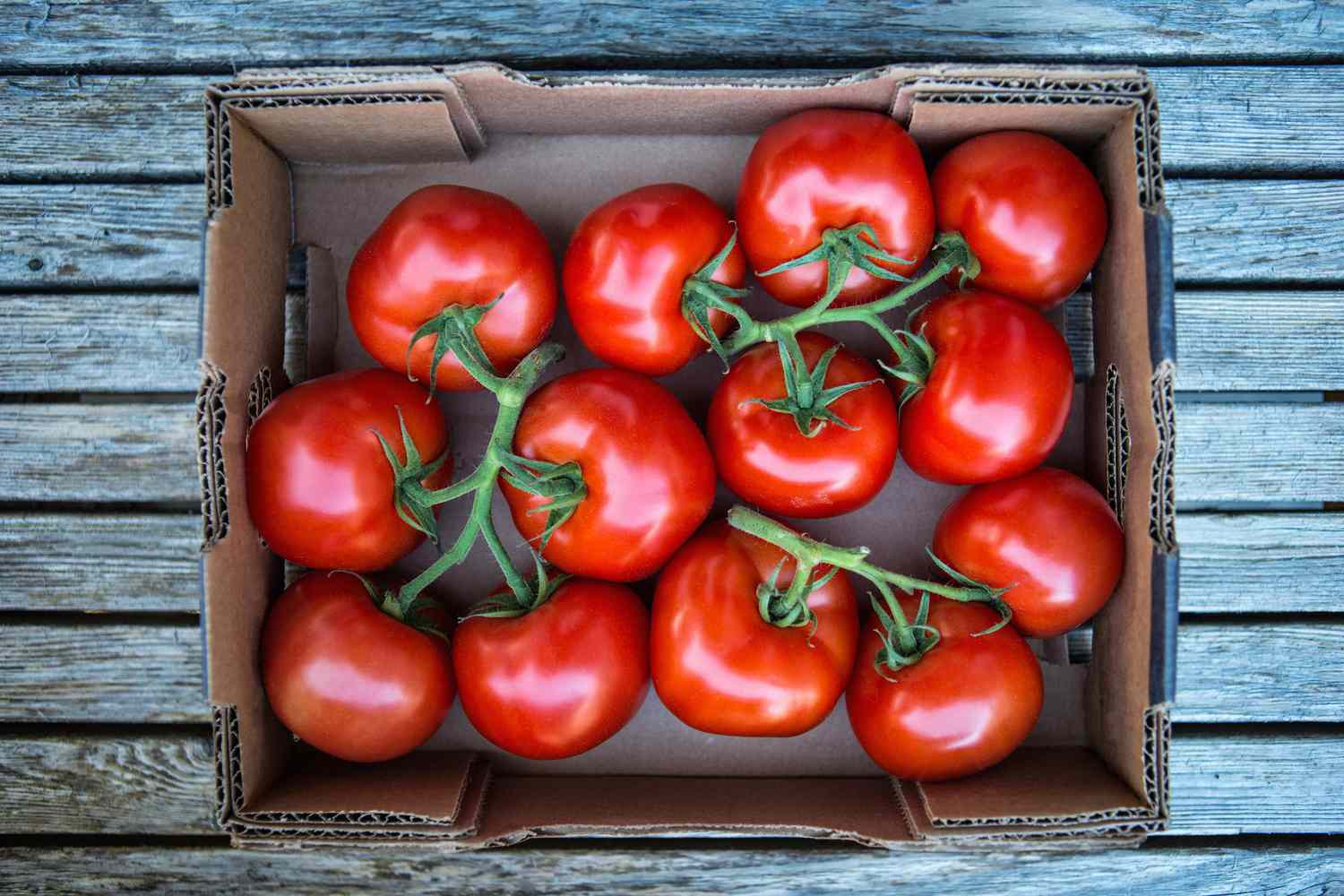
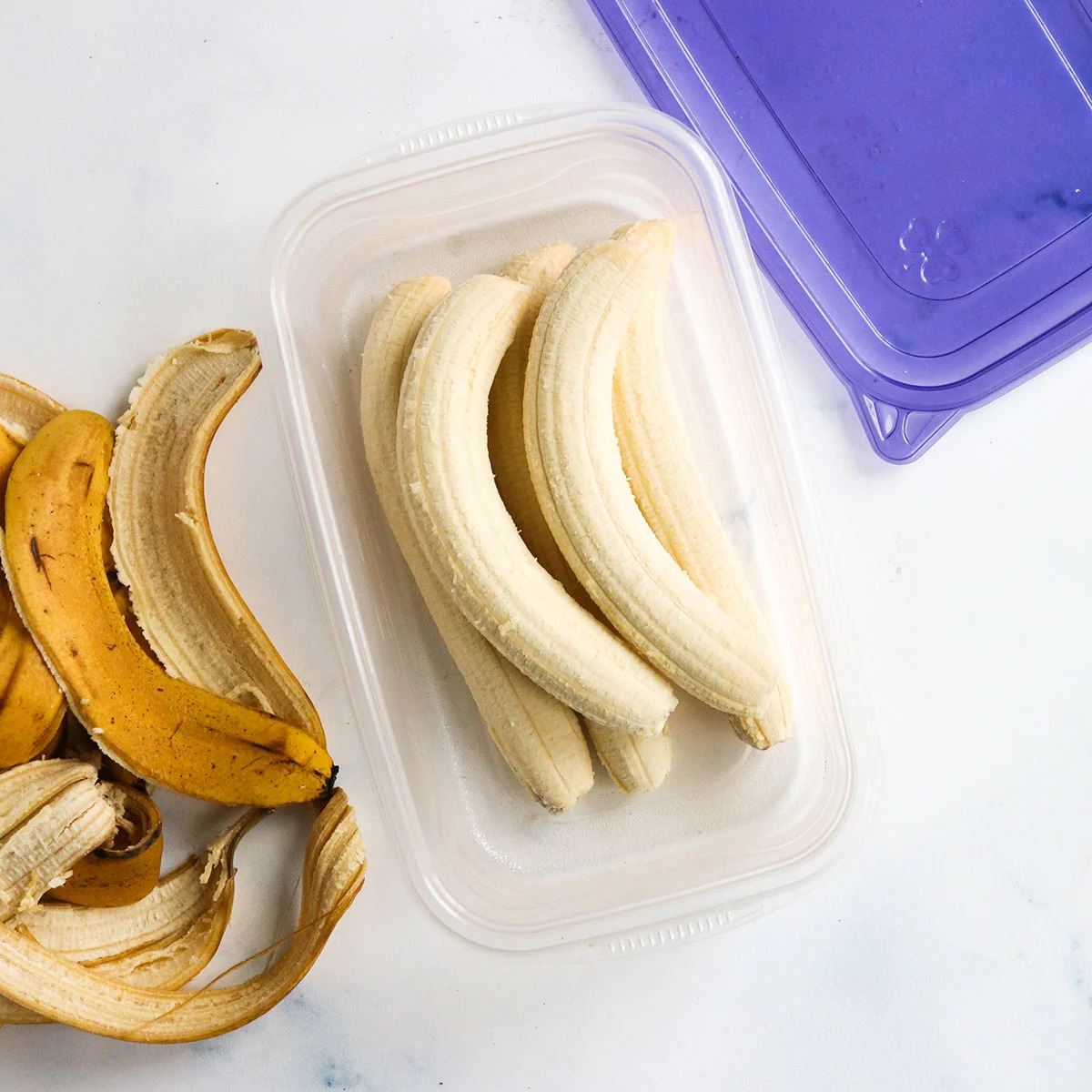
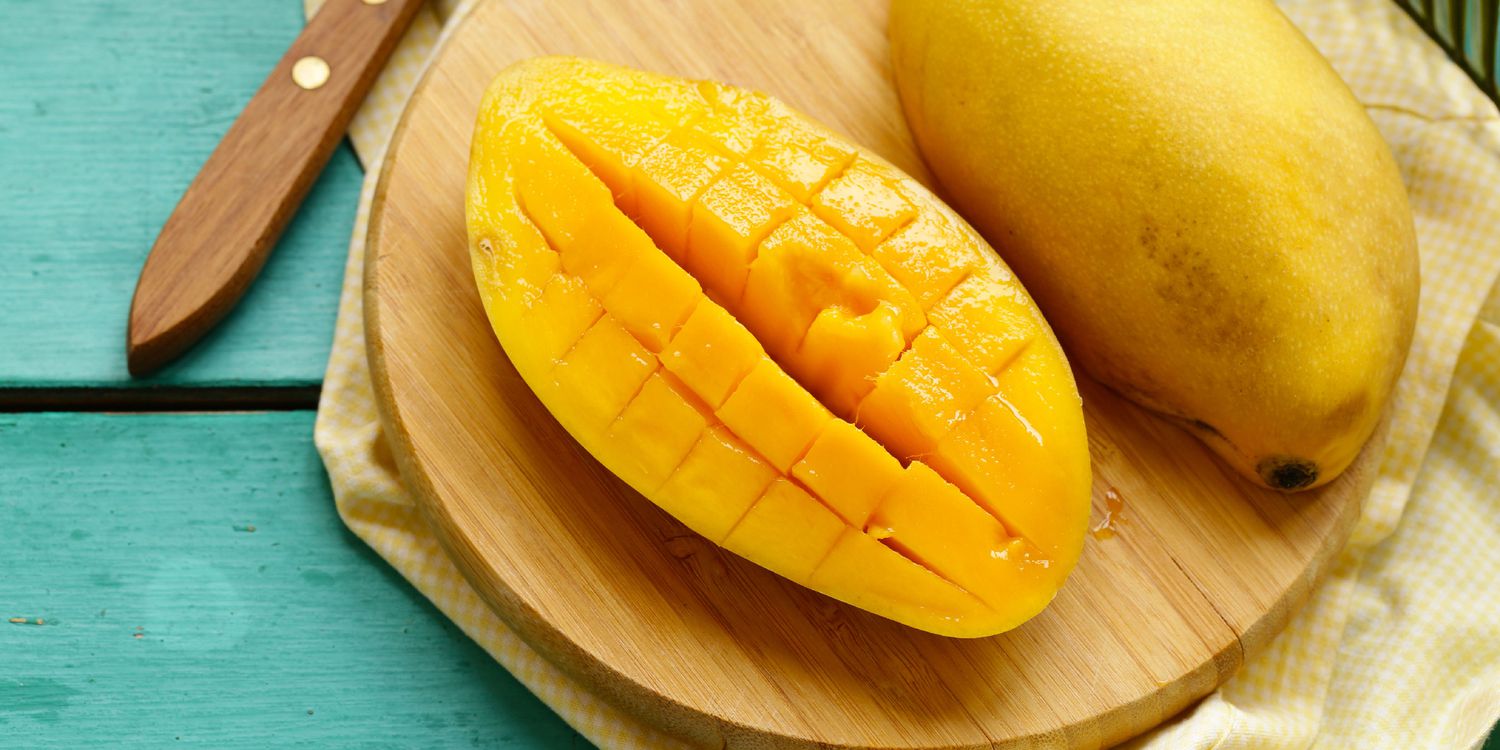
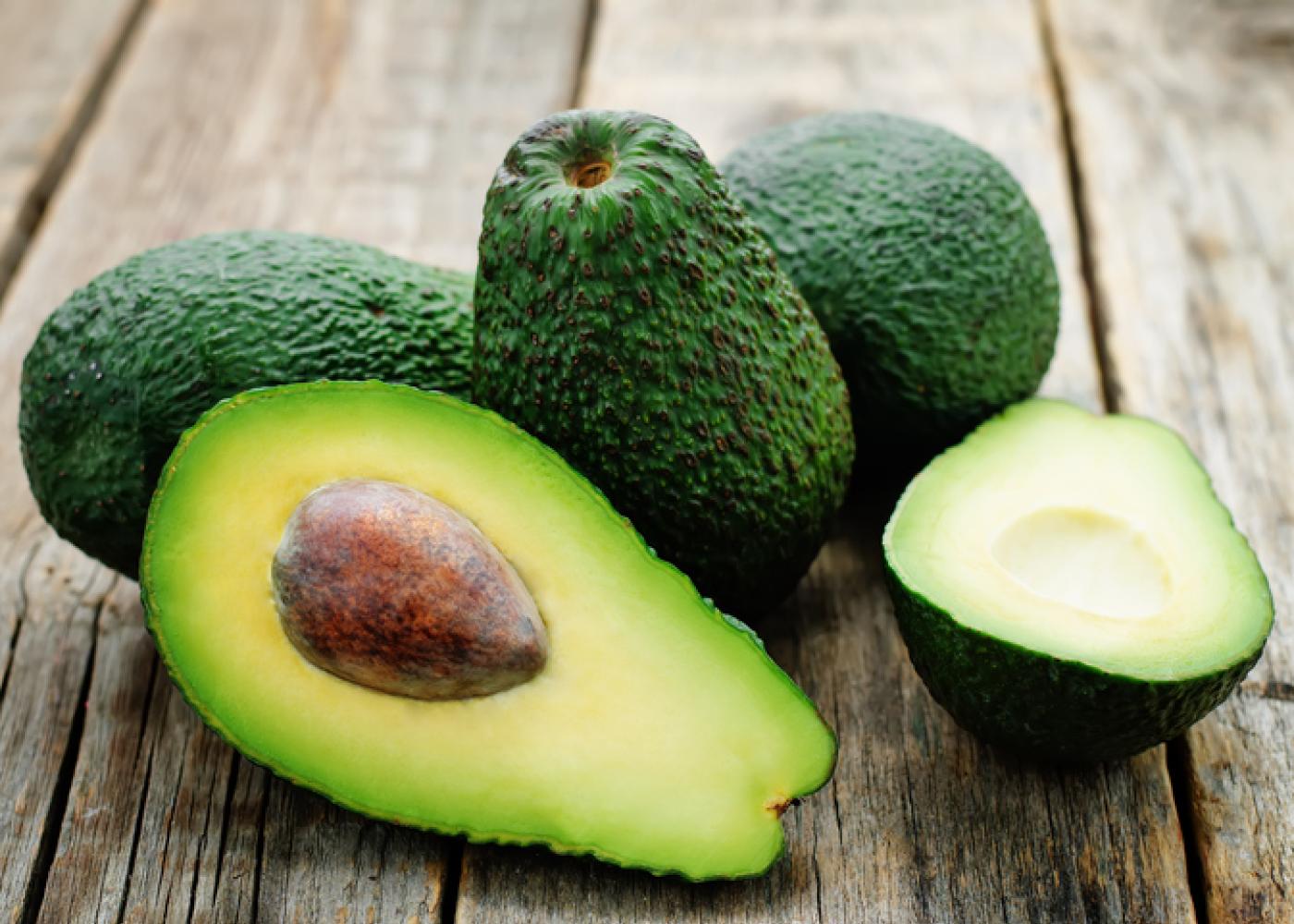
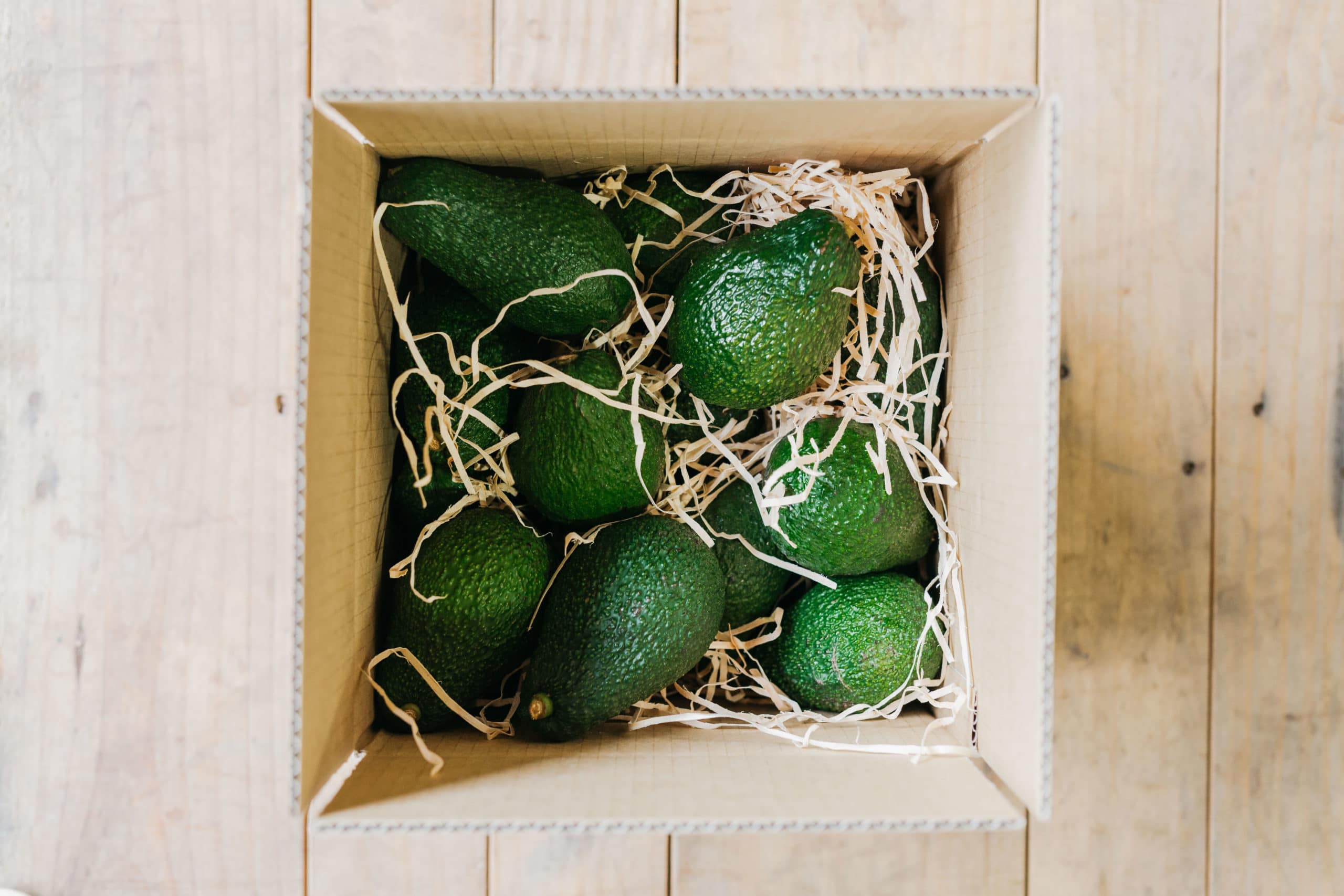
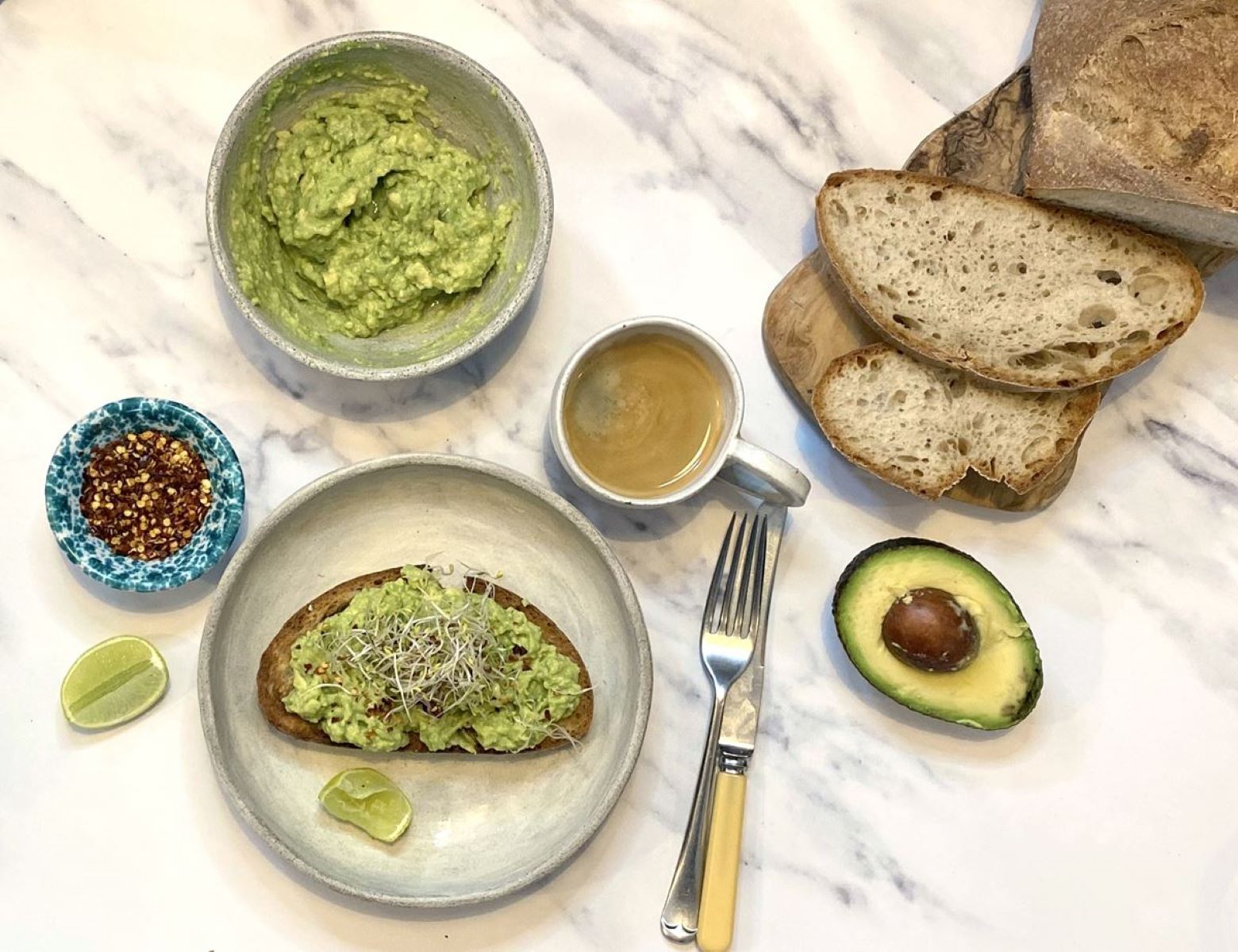
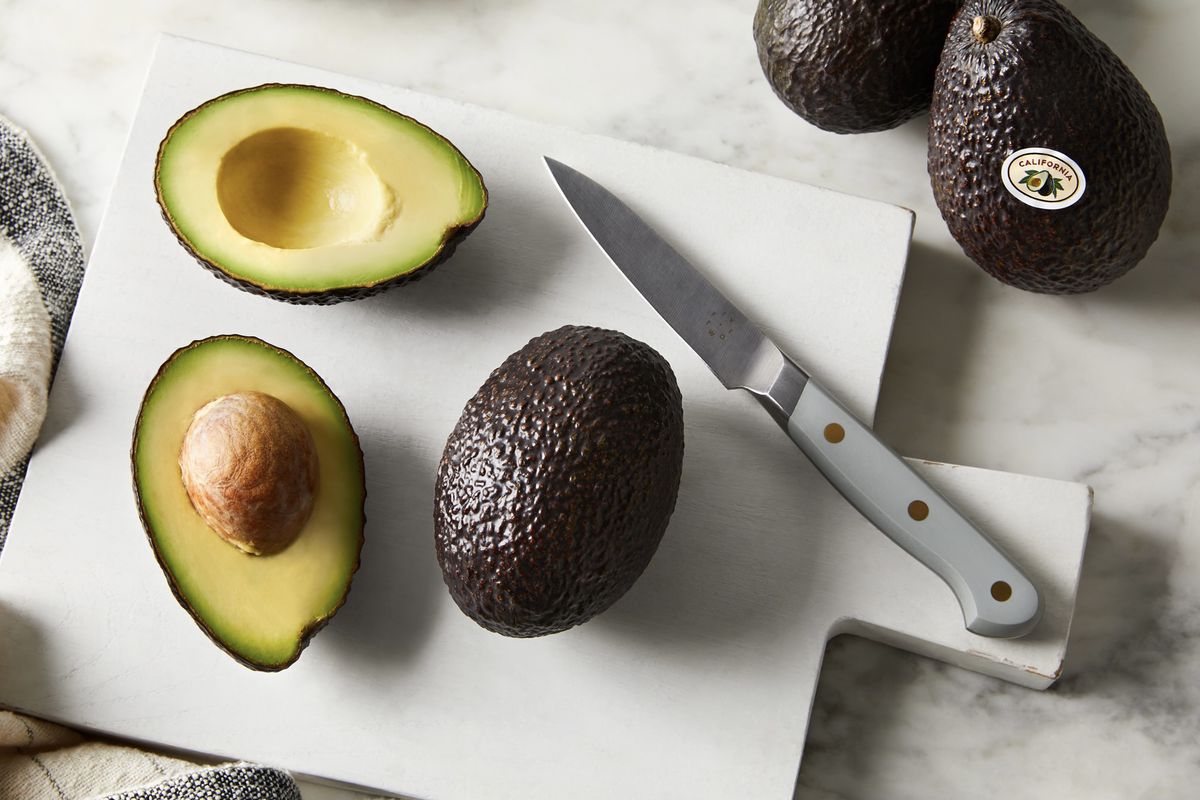
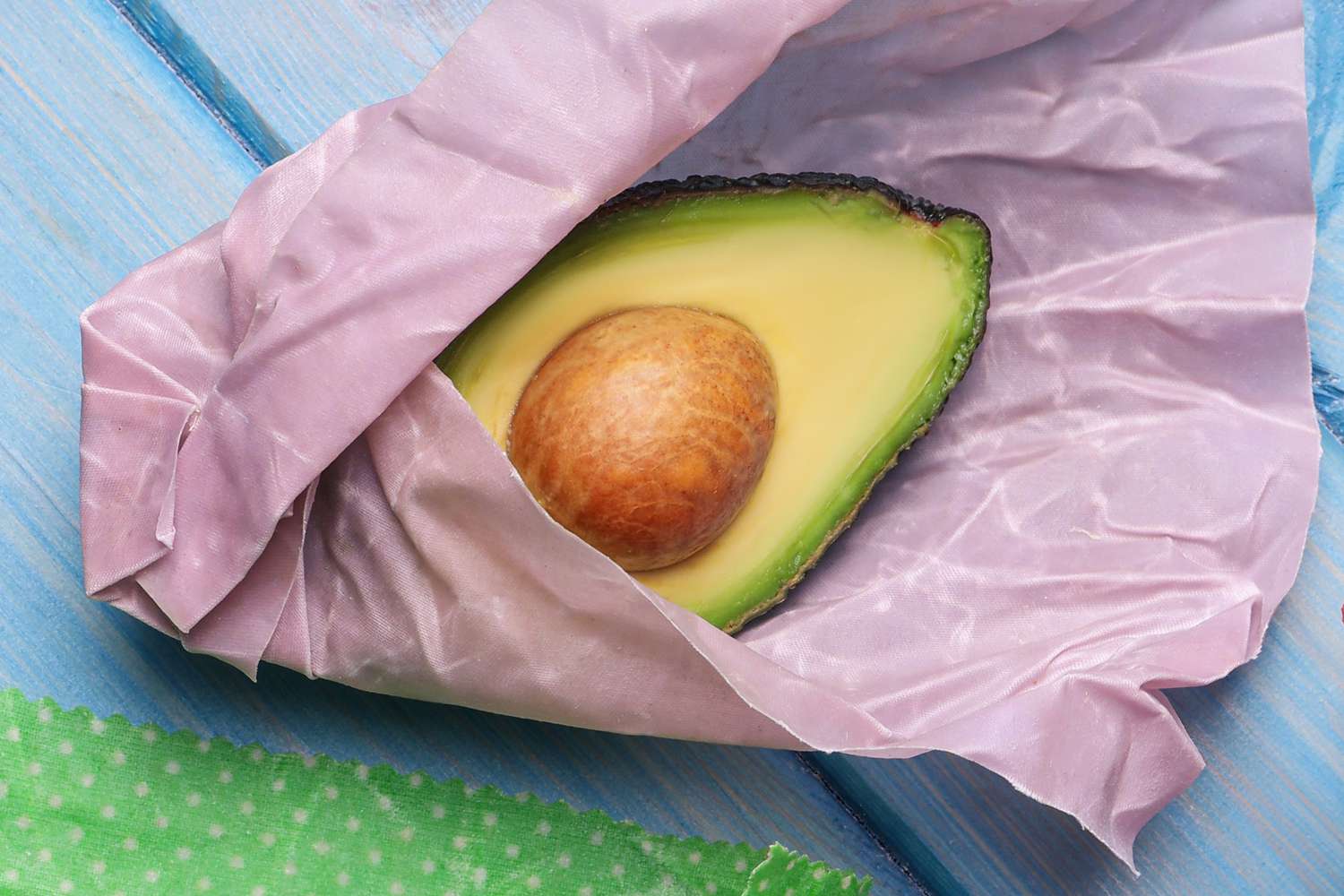
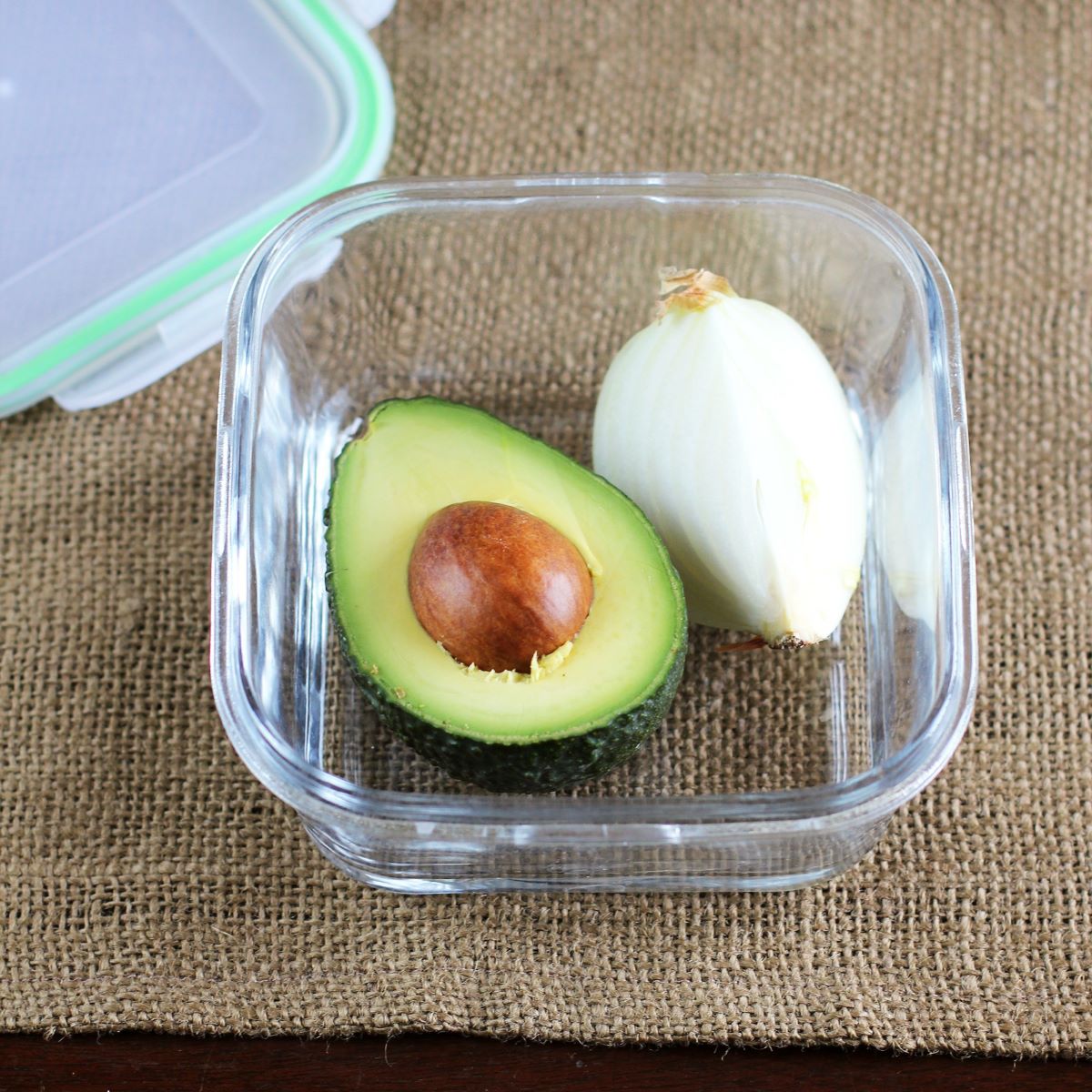
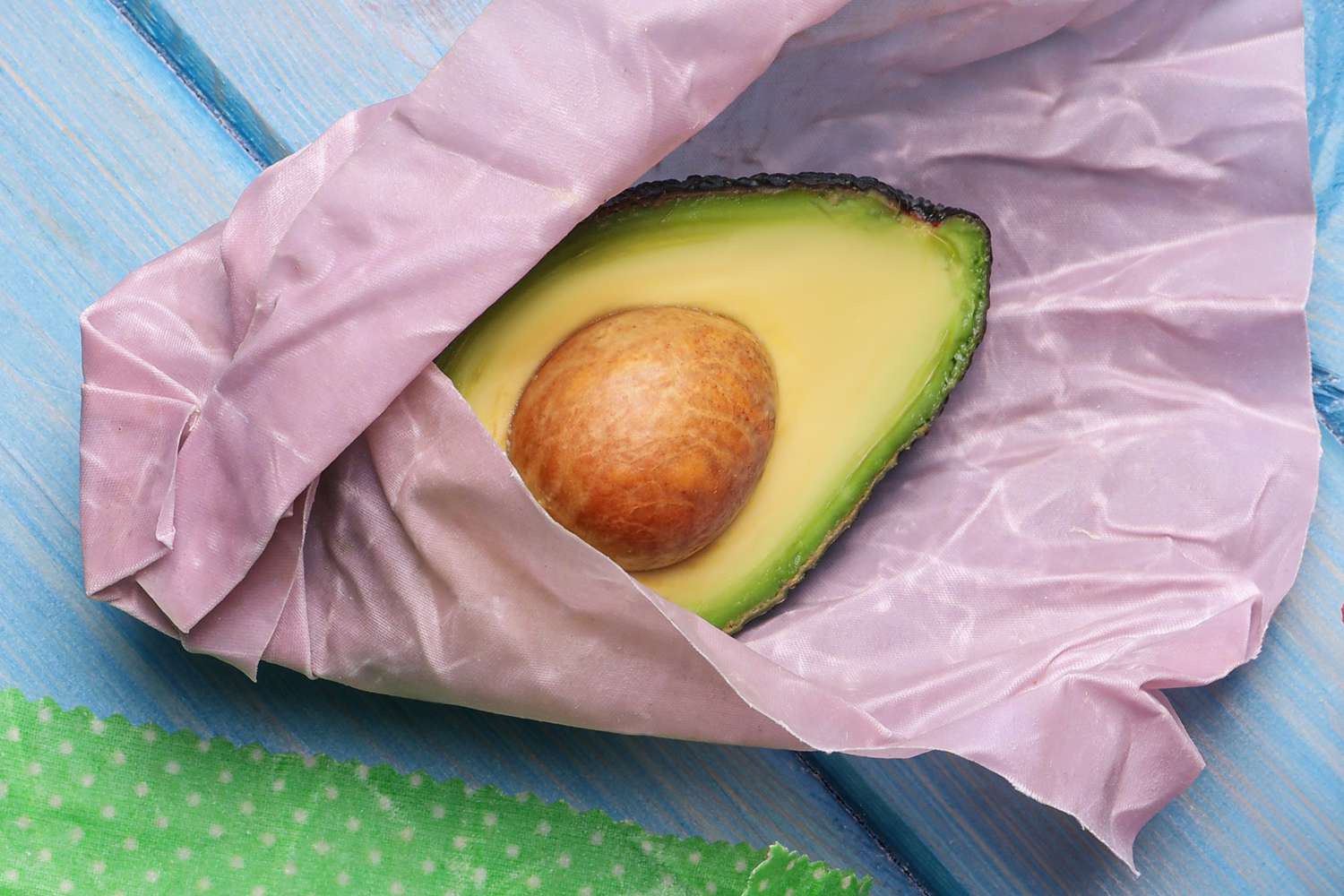
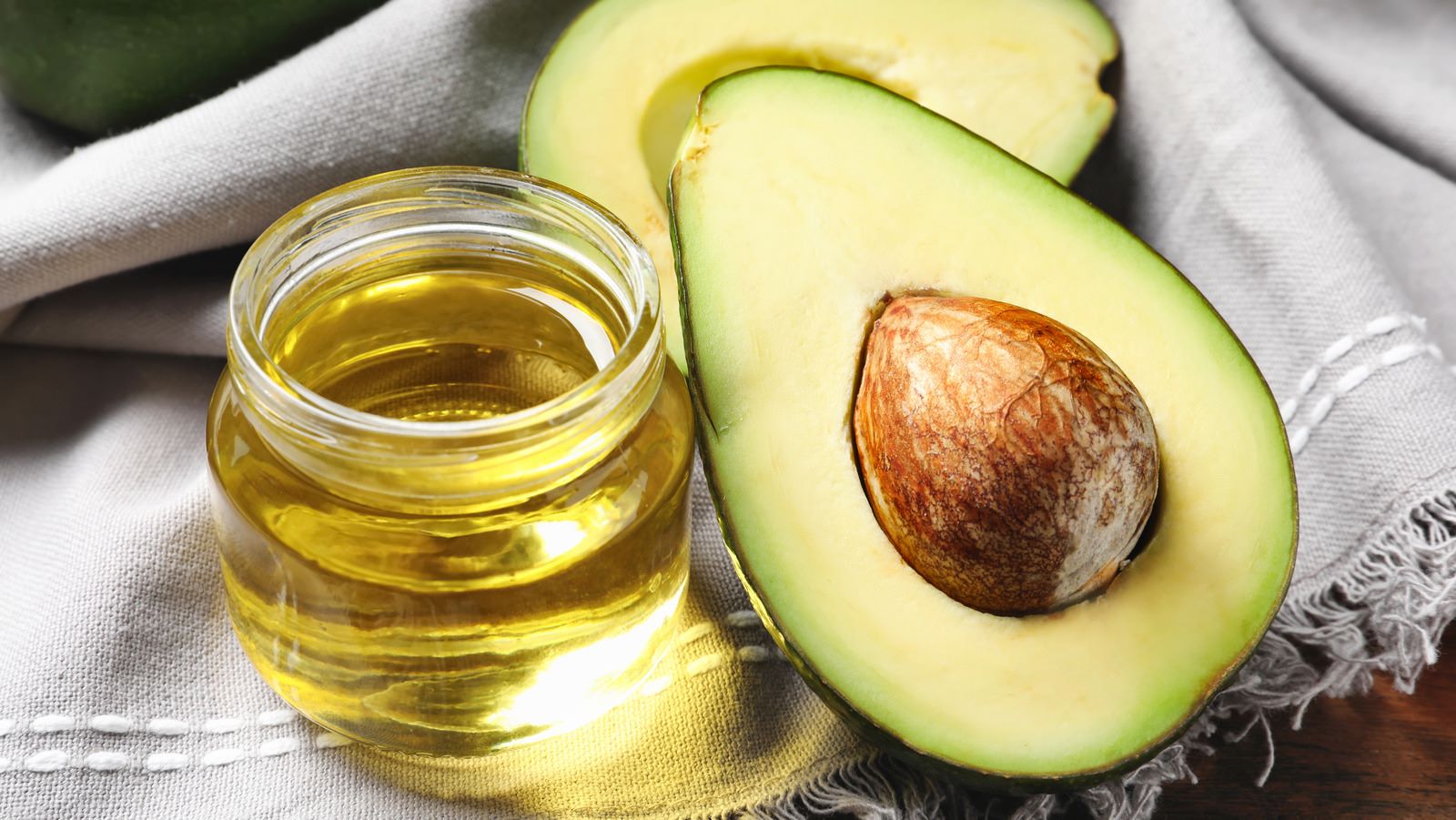
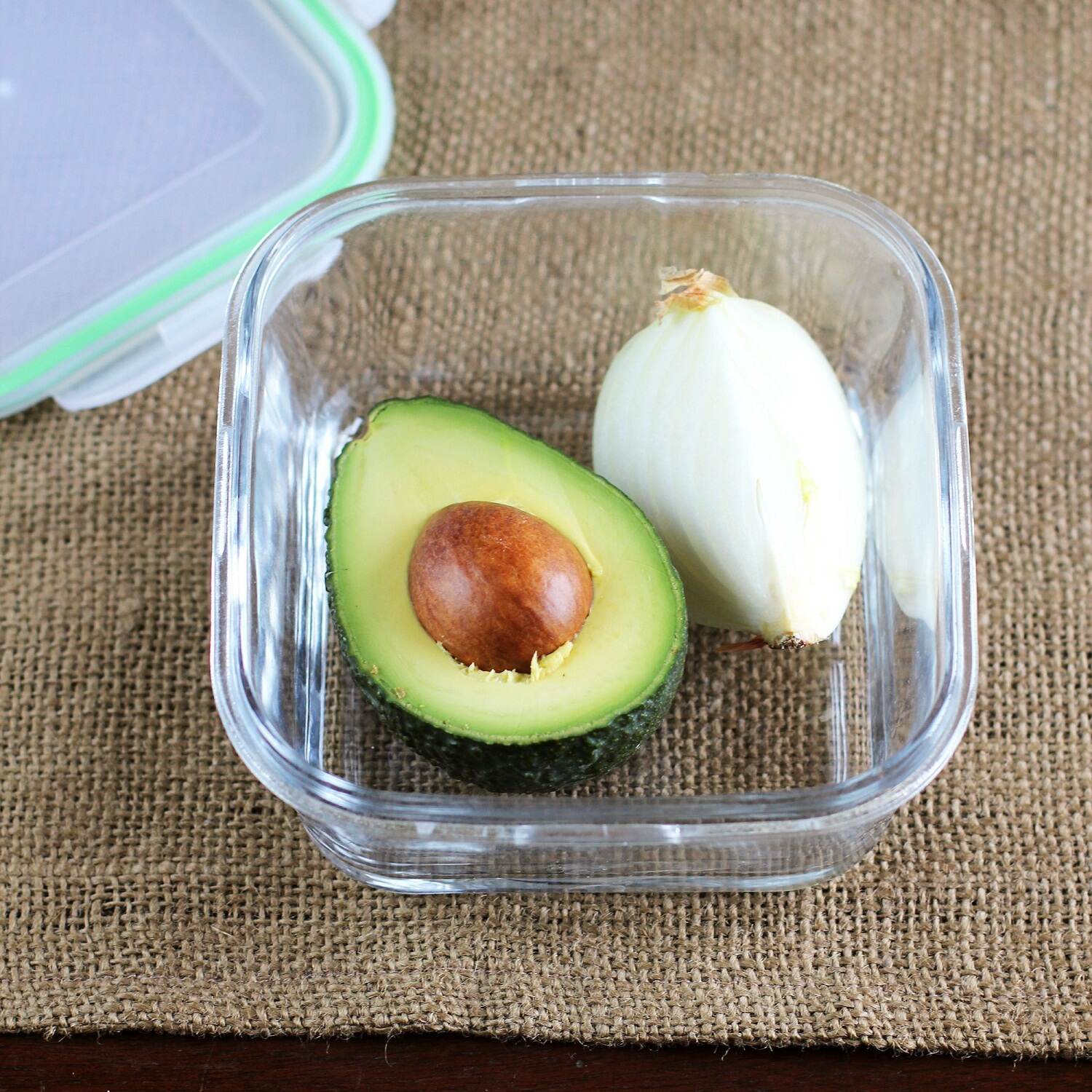


0 thoughts on “How To Store Ripe Avocados”